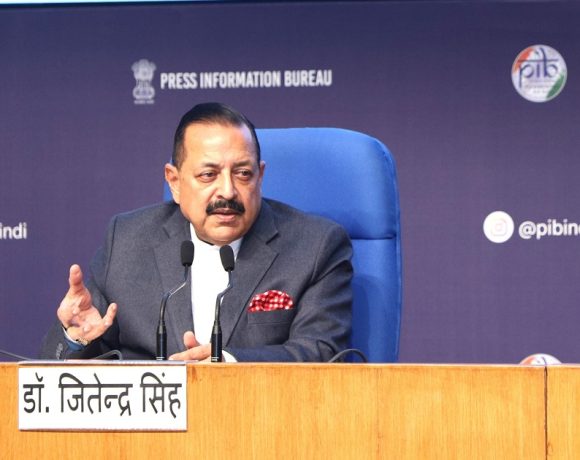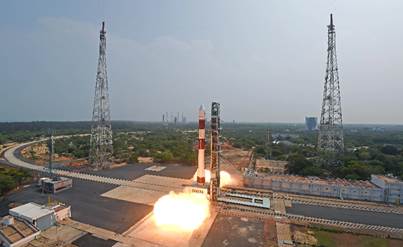
ISRO Chief Highlights Benefits of In-Flight Cryogenic Stage Restart
The Indian Space Research Organisation (ISRO) is exploring the capability to restart the cryogenic stage of its launch vehicles during flight to enhance mission flexibility and payload delivery efficiency. This advancement aims to optimize orbital insertions and accommodate multiple payload deployments in a single mission.
Enhancing Mission Flexibility
By enabling the cryogenic upper stage to restart in flight, ISRO can perform multiple burns, allowing for precise placement of satellites into their designated orbits. This capability is particularly beneficial for missions involving payloads destined for different orbital slots or for complex missions requiring orbital adjustments post-launch.
Advancements in Cryogenic Technology
ISRO has been progressively enhancing its cryogenic technology, as evidenced by the development of the CE-20 engine used in the LVM3 launch vehicle. Recent tests have focused on increasing the engine’s thrust and validating its performance under various conditions. These efforts are crucial steps toward achieving the in-flight restart capability.
Applications in Upcoming Missions
The ability to restart the cryogenic stage in flight is expected to play a significant role in upcoming missions, including those involving multiple satellite deployments and complex orbital insertions. This advancement aligns with ISRO’s objectives to enhance its launch capabilities and offer more versatile services to both domestic and international clients.
Implementing in-flight restart capabilities for the cryogenic stage represents a strategic move by ISRO to improve mission efficiency and adaptability, reinforcing its position in the global space industry.


















